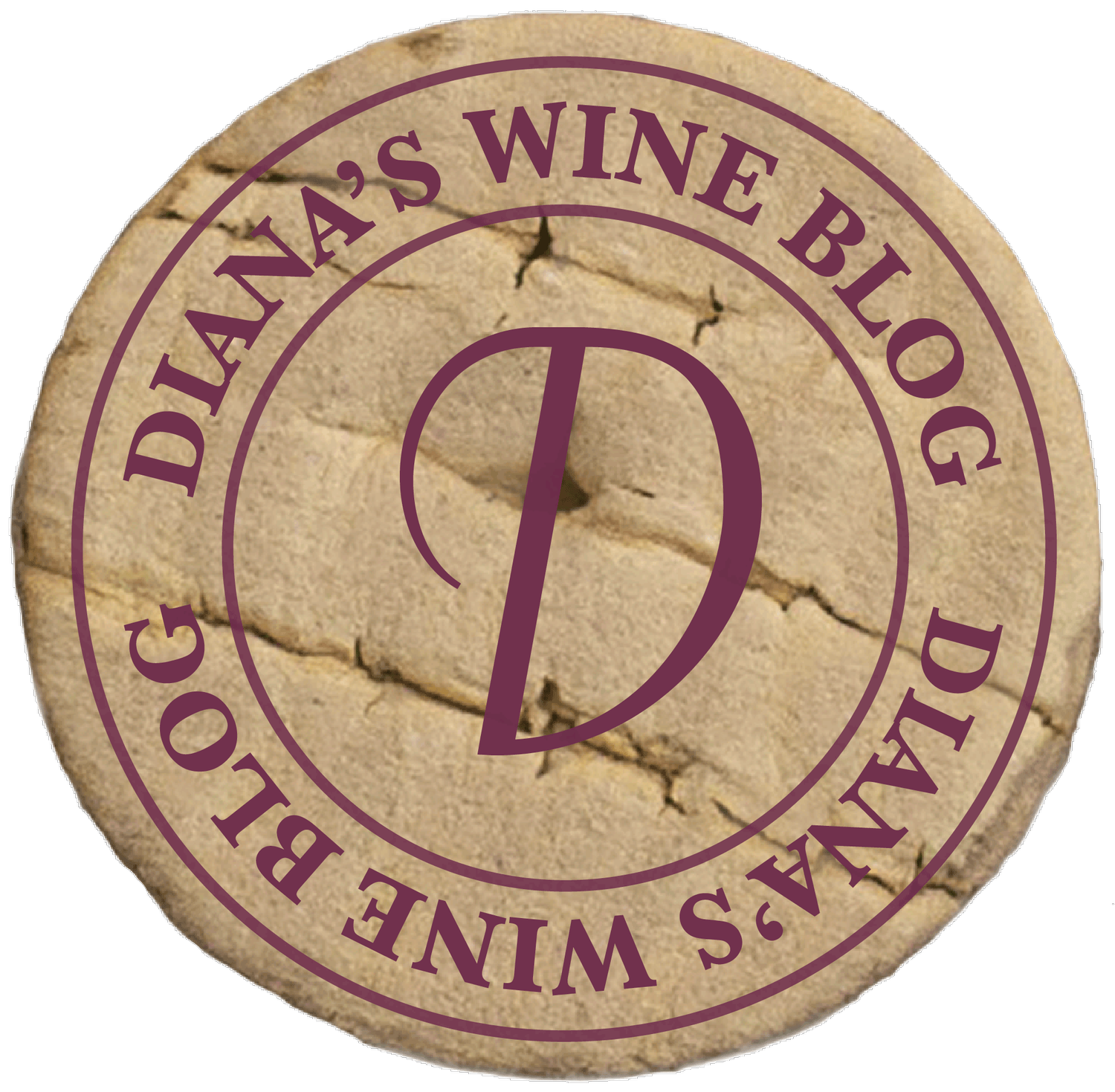For the Health of Our Wine: Not Over the Fridge!
All of us have a specific preference for temperature and sunlight. Mine is somewhere above 60 degrees with an ample amount of blue skies and not too much moisture (rain that is). Hmmm, that makes a good argument for California. I found this out living in the frozen tundra of Minneapolis for several years. My point is that there are ideal conditions to preserve our health and well-being.
That holds true for wine. If you have visited wineries and walked through the caves, you know that the main purpose of the cave is temperature control and high humidity. You have heard the number 55 degrees. Well, it is all about controlling the reaction in the barrel and the bottle. A bottle of wine will eventually turn to vinegar left to its own devices in high heat and excessive oxygen.
To keep a wine fresh and able to age well, certain conditions are needed: constant, cool temperature, no direct sunlight and no vibration. Daily variation in temperature, UV exposure and vibration will impact the drinking pleasure of a wine. Both reds and whites, stored for any time, will be affected. A bottle of wine does not care if you put it in an expensive wine cooler or not, it really needs those conditions to deliver its best for you.
In the absence of a wine refrigerator, the bottom of a centrally placed closet will work just fine. Today’s wines are more approachable young yet will show different flavors and nuances – actually improving in complexity as they gain bottle age. While we can enjoy and appreciate it young, there are tertiary flavors and aromas that will not show until the wine ages and evolves.
So, what is it about temperature? Heat accelerates chemical reactions, and, for wine to age properly, the optimum is at 55 degrees. What if I heat things up, won’t that age it faster you ask? Evolution that is fast is not the same as evolution that is beneficial. Too much heat will make a wine taste brackish and flat. When I say heat, I am really talking about temperatures above 70 degrees for long periods of time. A young, tannic wine can take a little time at higher temperatures and bounce back; yet others most likely will suffer from the insult. Your wine also benefits from constant temperature – many fluctuations also stress it and you need to control the amount of air that gets in through the cork. That is why you want to keep the bottle laying on its side. This keeps the wine in contact with the cork to keep it moist and pressed up against the sides of the bottleneck. This provides a tight closure with minimal oxygen exposure. Scientists also tell us that vibration will also be detrimental to wine.
These are all the reasons why storing your bottles in the kitchen over the refrigerator is a very bad place for wine.
Enjoy!
